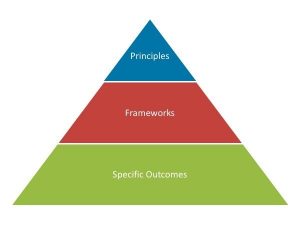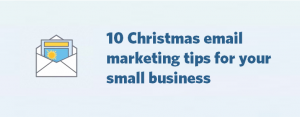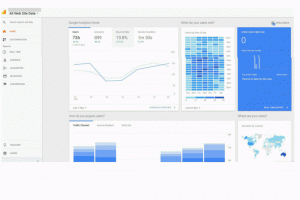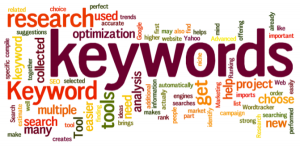Make 2020 the year you take action toward a sustainability strategy of your own. Amazon and Google employees made headlines writing letters to management demanding climate change action. Even if you don’t work for or run a large company, your employees are asking about sustainability. Or you’re thinking about it yourself.
Don’t wait for a letter on Medium. These steps will help guide you and get you started on the right track.
Understand Why it Matters
Climate change is a complex idea with octopus-like effects. It seems to have a leg in every part of global development, industry and nature. Find the part of climate change that resonates with you or your employees. You’re a coastal city and sea-level rise is a very real possibility. Or you source items from areas threatened by drought or uncertain weather. These climate relationships are tangible.
Take a piece of paper and draw your business in the center. Then draw lines out to your supply chain, customers, employees and future employees. Along the lines write ways that climate change would impact relationships or inputs. Don’t think about the effects of your company’s actions on the planet, instead list how forecasted climate changes would interrupt business.
It’s ok to focus on this from a monetary perspective. I recommend it! If you’re practical like me, you care about costs and resource availability. What will climate change do to your costs? Employee health care costs or transportation costs? If you’re more emotional, take that lens with the lines you draw. How will temperature increases affect your grandchildren? Just make sure you’re doing the lines exercise and drawing your company in the middle.
Do this for as long as you feel comfortable doing so.
Find What’s Material To Your Company
Now do another version of the octopus drawing, with the effects your actions have on the climate. Draw your company in the middle and now list the ways your actions affect the climate. Employee travel, procurement, investment, shipping, energy, water consumption, production, factories.
Be sure to look at both positive and negative actions! Your company might already purchase solar power or is creating a system with a better carbon footprint than your competitor. Include those in this part of the exercise.
Look at what other businesses are doing. Nestle is working to reduce plastic and create a closed loop recycling system because of the volume of plastic they create. Plastic pollution in oceans continues to make headlines.
Now make a list of all the impacts and try to group them into “like” categories. Water, waste, carbon, energy, packaging, resources. If items cannot be grouped that’s ok too. Try to establish which resource, part of the climate or carbon emission the item is related to.
Then, pick one to work on, promote, or reduce.
Get Employees on Board
If your employees are like most people, they’ve seen and heard of sustainability. Share the results of your drawings and research with employees.
Communicate sustainability to employees like you communicate every other action, initiative, plan or change. Use an all-hands call, video message, in-person meeting or email.
Explain that sustainability will be a 2020 initiative and that you are welcoming feedback, ideas, and stories from employees. Set up a feedback inbox, an actual box or voicemail. Employees’ ideas are valuable because they are on the ground every day working in those spokes you drew out.
Create Relationships With Experts
This can mean reaching out to a non-profit like Amazon did with Nature Conservancy or attending conferences and events about sustainability. Creating relationships with people that have the expertise or want to help you in your work takes some burden off of you.
Based on your materiality assessment, what partnerships make sense for your business? What non-profits, peers or thought leadership can you research that would make sense for your material needs?
These could also be conversations about hiring a sustainability project manager, employee or consultant. How can outside forces and help shift your understanding and promote your interest in adding sustainability?
Is sustainability something you’re focused on for 2020? Why or why not? Share in the comments below.
This post was originally published on Green Buoy Consulting’s blog.
Business & Finance Articles on Business 2 Community
(23)
Report Post




